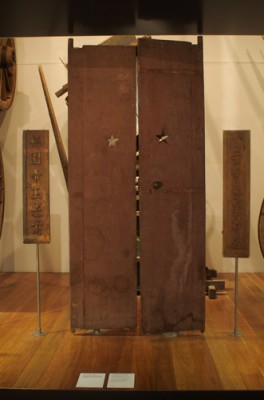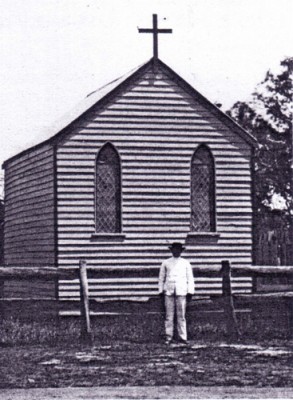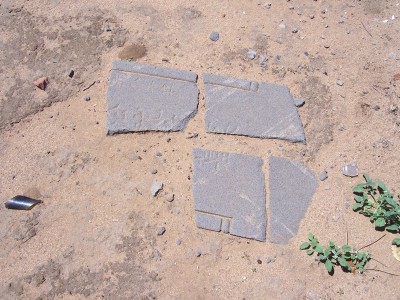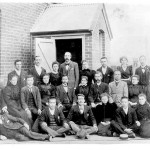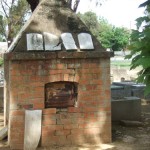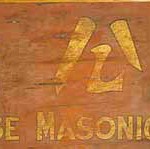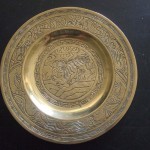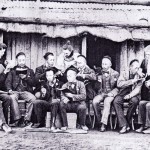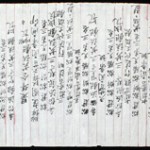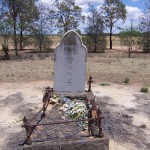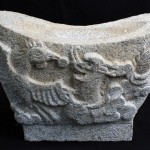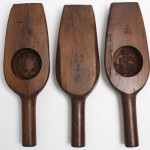The Chinese migrants brought their traditions, beliefs and clan linkages with them. Those arriving on the ‘credit-ticket system’ were monitored by headmen or bosses, in association with fraternal organisations such as native-place associations and hui or secret societies. An extensive social network surrounded these men, securing their employment and taking care of their needs, and helping with their return to China, or if deceased, with the transshipment and return of their remains.
Native place associations were formed by men with the same district or county of origin, the most common in NSW being the See (or Sze) Yap. They differed from the organisations that Westerners understood as secret societies (or hui), which were based on sworn brotherhood and could include men from different districts or counties. The associations were city based and primarily benevolent institutions promoting mutual interest among members and doing charitable work, protecting the interests of new migrants and helping them become established.
In Australia, and through much of southeast China and Southeast Asia, the best known hui was the Heaven and Earth Society (Hung Men or Hung League), whose activities were centred on the Pearl River delta in Guangdong Province, the source of the vast majority of Chinese migrants to Australia. Hung membership was widespread amongst the Chinese in the Riverina, and in many other parts of Australia.
For white Australians the most visible signs of Chinese traditional life were the New Year’s Eve festivals held in either February or March each year, and the mid autumn (Zhongqiu) festival, the focal point of which was the temple (or joss house). The New Year’s Eve festivals were accompanied by much celebration, feasting and fireworks, and were widely reported by the press. Sometimes Europeans were invited to the feasts.
Lodge or hui functions were much more secretive, but were occasionally reported. Another major Chinese festival was the Qingming or Ch’ing Ming, held in the first week of April and in September each year to honour the deceased. It involved a graveside ceremony, with a festival or commemorative function held afterwards in the camps.
Many Chinese were Christian converts. In the 1890s a number of Chinese churches (or missions) and Sunday schools, were established in the larger towns such as Narrandera, Albury, Wagga, Tumut and Hay. Where separate Chinese churches or missions did not exist, the converts attended the local church of their choice.
The largest Chinese cemeteries, together with the burning towers and offertory tables, were located within the boundaries of the main town cemeteries. Traditional burial ceremonies were sometimes reported in the local press, and were elaborate affairs, particularly if the deceased was of high standing. Where the deceased Chinese were Christian converts, Christian, and sometimes Chinese, rites were performed, particularly if the deceased was a member of the Lodge. The deceased were buried in the denominational sections of the local cemetery.
After a time the graves in the Chinese cemeteries were exhumed, and the bones transported to China for reburial. Exhumations were elaborate and painstaking undertakings, and were carried out through the hui or district associations, in conjunction with local Chinese residents, particularly the wealthier ones. With the eventual disappearance of much of the Chinese population, and the decline of the camps, the traditional places of worship and burial fell into neglect. All temple sites, together with the camps, have long since been demolished, and the Chinese cemeteries sometimes subject to vandalism. In most instances these cemeteries have, however, been preserved and restored, and now constitute the strongest remaining visual evidence of the Chinese people in the Riverina.

